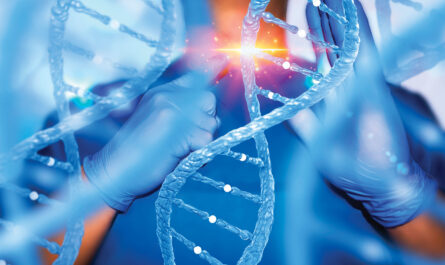Addiction is a complex disease that affects millions of people worldwide. It can have devastating impacts on one’s health, relationships, and overall well-being. With the right treatment approaches, however, long-term recovery is very possible.
Addiction is characterized as a chronic disease whereby a person develops a compulsive need to use a substance (such as alcohol or drugs) or engage in a behavior (such as gambling) despite negative consequences. When someone is addicted, their brain is physically changed in ways that compel them to continuously seek out and engage in their addictive behavior. Key factors that define addiction include:
– Craving and loss of control over substance use or harmful behaviors
– Continued involvement despite interference in major life obligations
– Tolerance – needing more of the substance to feel its effects
– Withdrawal symptoms upon cessation of use
Addiction is not simply a matter of willpower or morality. Genetics and environmental influences can both impact someone’s vulnerability to developing an addiction. It is widely accepted in the medical community today that addiction should be treated as a medical condition, not a personal failure or character flaw.
Common Treatment Approaches
Several evidence-based treatment models have been shown to help people recover from addiction when utilized appropriately. Here are some of the most reputable options:
Inpatient and Outpatient Treatment Programs
Residential or inpatient programs provide 24-hour monitoring and care in a structured therapeutic environment. They offer intensive Addiction Treatment services such as detox, individual/group counseling, life skills development, and relapse prevention education. Outpatient programs allow people to live at home but attend regular treatment sessions.
Both models coordinate medical and psychosocial support and aim to give people stable recovery foundations before returning home. Length and intensity depend on the individual’s needs and progress over time.
Medication-Assisted Treatment (MAT)
For substance use disorders like opioid addiction, medication can help control cravings and block the euphoric effects of drugs. Common FDA-approved options include methadone, buprenorphine, and naltrexone. Combining MAT with counseling and behavioral therapies increases treatment retention and long-term success rates significantly. Medication alone is usually not sufficient but works best as part of comprehensive addiction care.
Twelve-Step Facilitation
Twelve-step programs are mutual-aid groups based on the principles of Alcoholics Anonymous (AA). Members work through 12 steps addressing character defects, dependence on a higher power, and making amends. AA meetings provide fellowship, a support system, and a path through recovery. Not all 12-step programs utilize the full 12 steps, but the approach emphasizing total abstinence and reliance on a sponsor has helped many find long-lasting recovery from addiction.
Cognitive Behavioral Therapy
CBT teaches coping skills to handle triggers, manage cravings, and replace destructive thought patterns. It draws attention to beliefs and behaviors that previously enabled addiction and introduces structure to handle difficult emotions without drugs/alcohol involved. CBT sessions address triggers, high-risk situations, and relapse prevention to empower long-term control. This approach has proven successful for addictions of all kinds when provided by experienced therapists.
Family Therapy
For many, addiction tears apart close relationships. Involving loved ones in treatment can rebuild trust and foster healthier dynamics. Family programs help support systems understand addiction as a relapsing disease, set boundaries constructively, handle feelings of anger/resentment, and promote open communication. With therapy, family members learn to support recovery without enabling destructive behaviors.
When to Seek Help
The earlier someone addresses problematic substance use or addiction behaviors, the better their treatment outcomes tend to be. However, it’s never too late to start the recovery process. Some signs that professional help may be needed include:
– Failure of previous attempts to stop or cut back on one’s own
– Continued use despite relationship, work, or legal problems
– Withdrawal symptoms like nausea, shaking, or insomnia
– Tolerance – needing larger amounts for desired effects
– Blackouts or memory loss from drinking/drugging episodes
– Neglect of family, work, school, or other responsibilities
The path to long-term recovery involves committing fully to the treatment process. By working closely with medical and mental health professionals, remaining honest and open-minded, utilizing community support resources, and making lifestyle changes, people can and do overcome even severe addictions every day. With compassion and the right level of care, healing is possible.
*Note:
1. Source: Coherent Market Insights, Public sources, Desk research
2. We have leveraged AI tools to mine information and compile it




